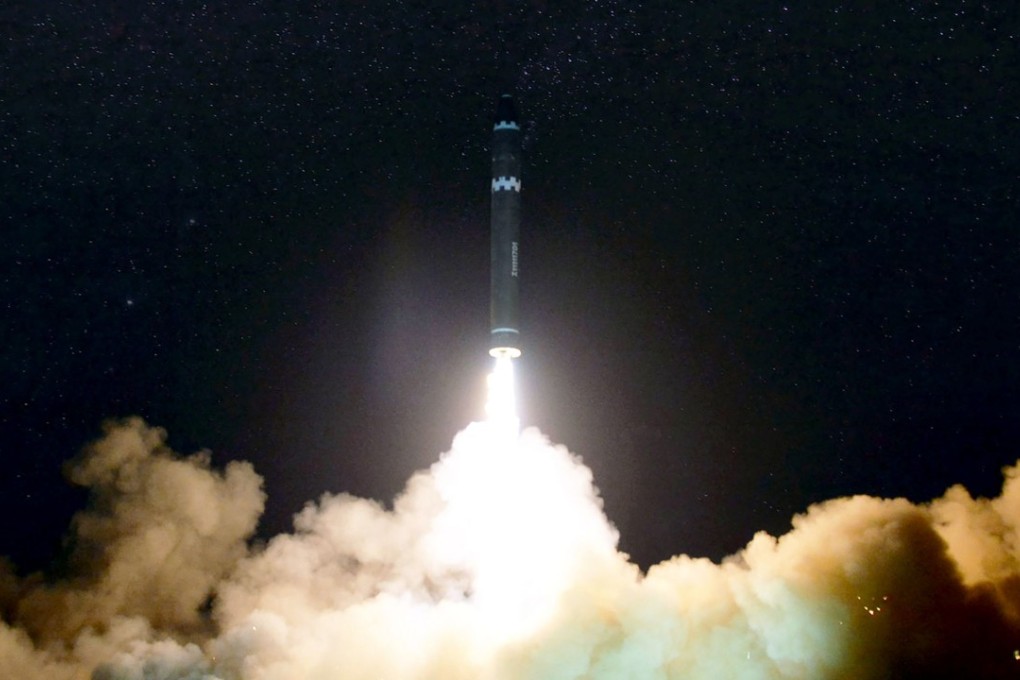North Korean airspace could be declared no-fly zone after missile test comes within sight of Cathay Pacific passenger plane
Aviation safety regulators looking at options to deal with rogue regime’s rockets, which are encroaching on commercial flight routes

North Korean airspace could be declared a no-fly zone in response to the country’s missile tests, the aviation industry’s global trade body says, after the latest launch came within sight of a passenger plane.
Excluding aircraft from the area is one option open to aviation safety regulators as they ponder how to deal with the arbitrary firing of missiles that has encroached on busy commercial air routes between Asia and North America.
Pilots on a plane operated by Hong Kong carrier Cathay Pacific Airways saw from a distance what were believed to be the remnants of a North Korean rocket fired last Wednesday. The airline disclosed the sighting on Monday in an internal note to staff.
While no international flights currently use North Korean airspace, the area around it is full of activity. Any sanctions by the United Nations safety regulator, the International Civil Aviation Organisation (ICAO), would likely bring into sharper focus the safety of aircraft operating nearby as well as commercial flights in and out of North Korea.
“The ICAO could declare a no-fly zone,” Alexandre de Juniac, director general of the International Air Transport Association (IATA), said at its Geneva headquarters on Tuesday. “We are working with the ICAO on how we can protect these zones [for] flying.
Cathay Pacific not changing routes despite crew’s suspected sighting of North Korean missile test
“The ICAO is trying to implement and ask North Korea to apply safety rules. If you look at the North Korean airspace, there are not too many aircraft overflying.”
An IATA spokesman said there was an obligation on North Korea to provide notice of any missile tests, which thus far had not been given. In the absence of such notice, it was up to airlines to carry out risk assessments to see how far from North Korea it would be safe to fly.